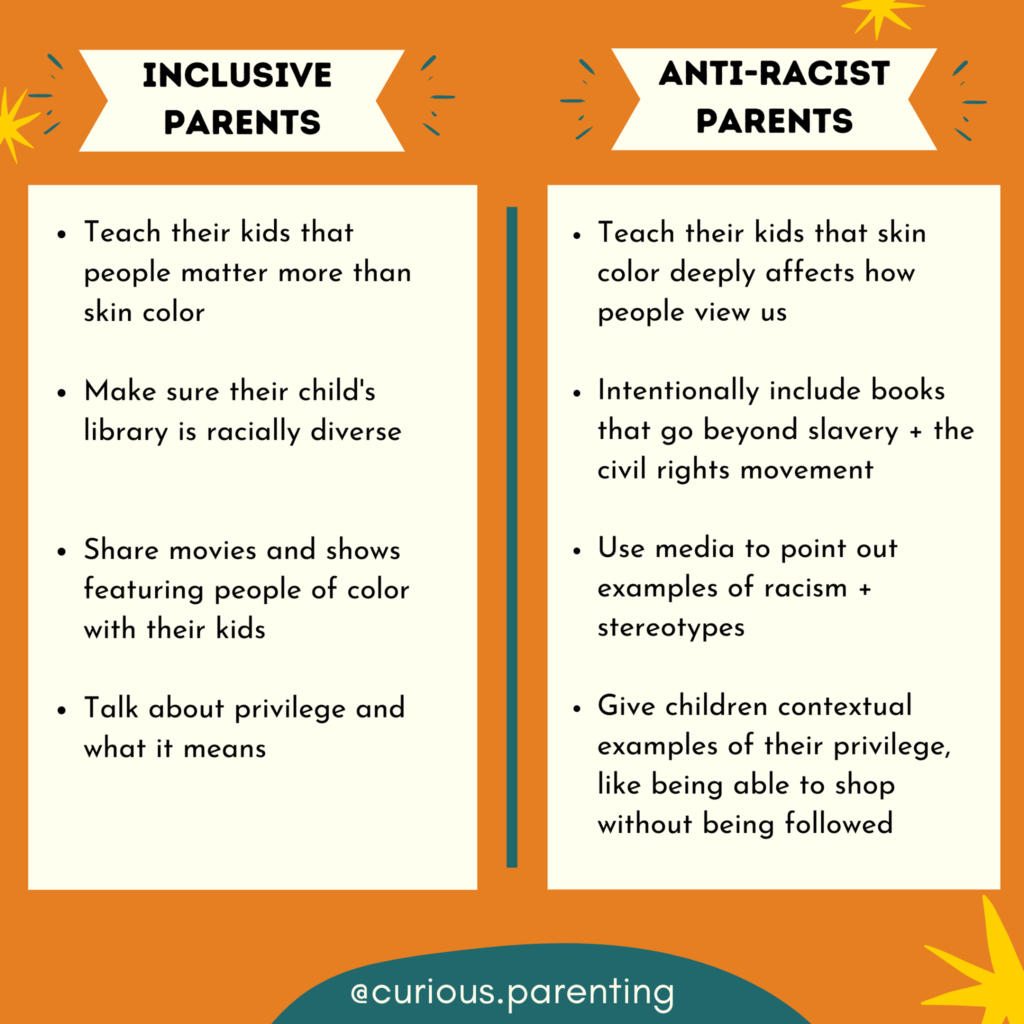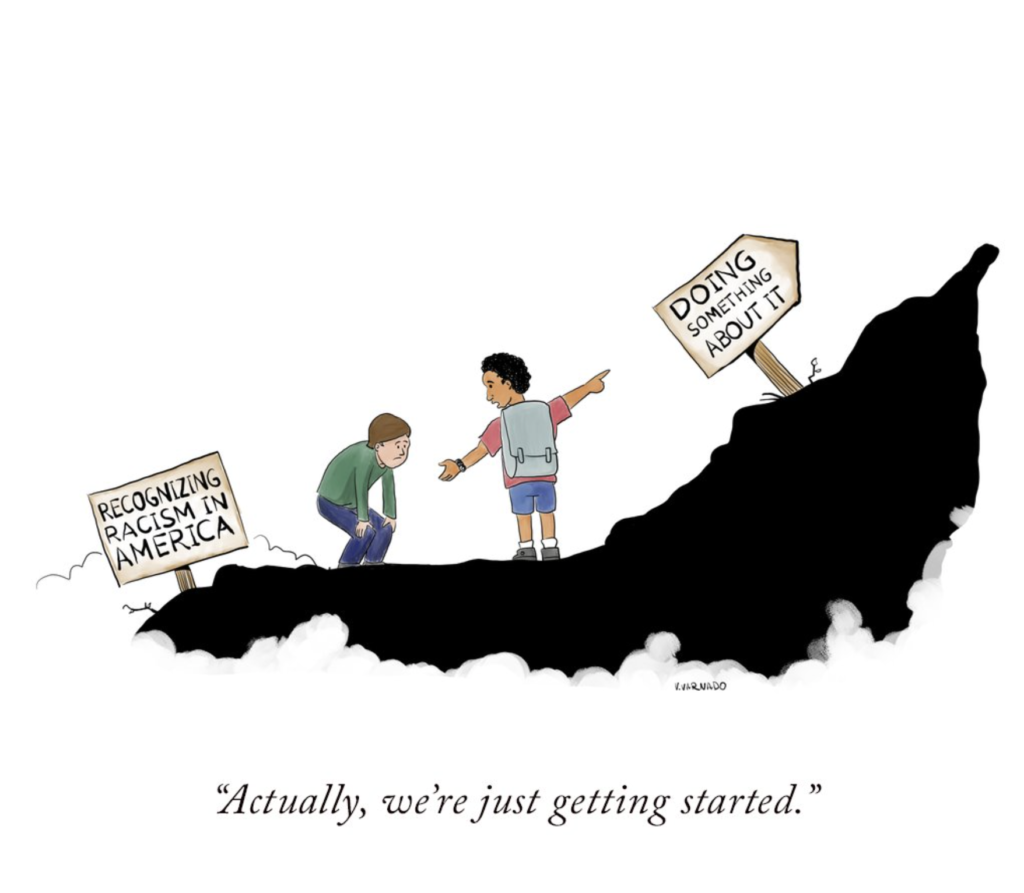In the wake of current events, many people are reeling with what to do and how they can help, myself included. I was raised to always treat people with respect and as equals. To “not see color” and just be kind. Those have been guiding principles for my entire life. But as I work to unravel my own racism, I’m continually learning that those principles are not good enough.
After a lot of work and time dedicated to reading, watching, and listening, I realized my shock and lack of understanding was deeply rooted in the seemingly harmless training to “not see color.”
When I watched the Eric Garner murder in 2014, my world shattered. I immediately knew it was horrible and wrong but also didn’t understand why it was happening. Things didn’t add up to how I understood the world. After a lot of work and time dedicated to reading, watching, and listening, I realized my shock and lack of understanding was deeply rooted in the seemingly harmless training to “not see color.”
I spent years telling my friends and co-workers of color that I don’t see race/color or “don’t care if people are black, white, blue, purple, whatever.” It never came from a place of malice, but in retrospect, that statement is deeply damaging. I was essentially saying “I don’t see you.” I reinforced the message, to people I cared deeply about, that their history, their culture, their experience in their black and brown bodies were not relevant.
It’s a pervasive statement that acts as societal blinders for an entire generation of white people—the “pay no attention to the man behind the curtain” of racism.
But the real kicker is being taught “not to see color” also gives us a pass to not work to understand how deeply the oppression of Black people is woven into the fabric of how this country works to this day. It’s a pervasive statement that acts as societal blinders for an entire generation of white people—the “pay no attention to the man behind the curtain” of racism.
That’s a cycle white parents need to break. The world is screaming for us to do better. It’s not enough for us to raise our children to be inclusive, we must raise them to be adamantly anti-racist.

Color matters. It is beautiful. It defines who we are, where we come from, and how we move through the world. As a generation trained “not to see color,” we need to take time to open our eyes to the color of the world and all that comes with it, including the uncomfortable truth about race relations in America. We need to educate ourselves so we’re prepared to have conversations with our own children.
Studies show that children begin defining people by the color of their skin as early as age 2. We need to be prepared to have honest conversations about race sooner rather than later. We can not continue the cycle of brushing the questions aside with blanket statements like “we’re all equal” or “we don’t see color.” Those statements, while well-intentioned, do not help.
Personally, I’m embarrassed it took me watching a murder to motivate me to go into the uncomfortable spaces and educate myself. But it’s an essential step to ensuring I’m equipped with the knowledge to raise my daughter to build a better, more just world.
Here are some recent resources that have been helpful:
- How White Parents Can Talk To Their Kids About Race
- “Antiracist Baby” helps educate infants about race. Author Ibram X. Kendi explains how.
- How White Parents Can Use Media to Raise Anti-Racist Kids
- 7 Anti-Racist Books Recommended by Educators and Activists
Acquiring knowledge is the first step. Now is the time for us to learn and listen. Knowledge is power and with it, we’ll have the tools we need to take long-overdue action to break the cycles and change the world for our kids.


